Loss of a Pet – Grief and Bereavement

Grief is the normal and natural response to the loss of someone or something. It is a full body experience that includes physical, emotional, cognitive, social, and spiritual responses. The best way to manage your grief is to be reassured that these reactions are normal and to let them run their natural course. Grieving takes time. Usually it gradually lessens in intensity over time, but if it doesn’t, then professional counseling may help.
Pyrantel Pamoate
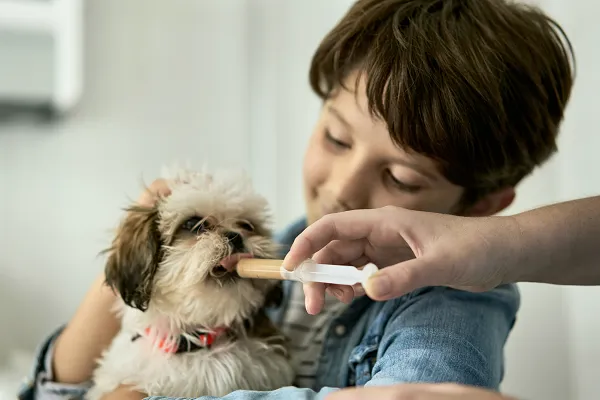
Taking your pet to the vet can be a stressful experience, both for you and your furry friend. Pets often feel anxious due to unfamiliar environments, strange smells, and new faces. To ease this anxiety, start by familiarizing them with the car and the carrier well before the visit. Practice taking short, non-stressful car rides, and allow them to explore the carrier at home with treats or toys inside. You can also use calming sprays or treats to soothe their nerves on the day of the visit.
Therapeutic Laser

Therapeutic laser is the application of light energy to areas of the body to stimulate healing. This light–tissue interaction is called photobiomodulation. In the past, therapeutic laser was often referred to as low-level or cold laser (as opposed to a surgical or hot laser).
Milk Thistle or Silymarin
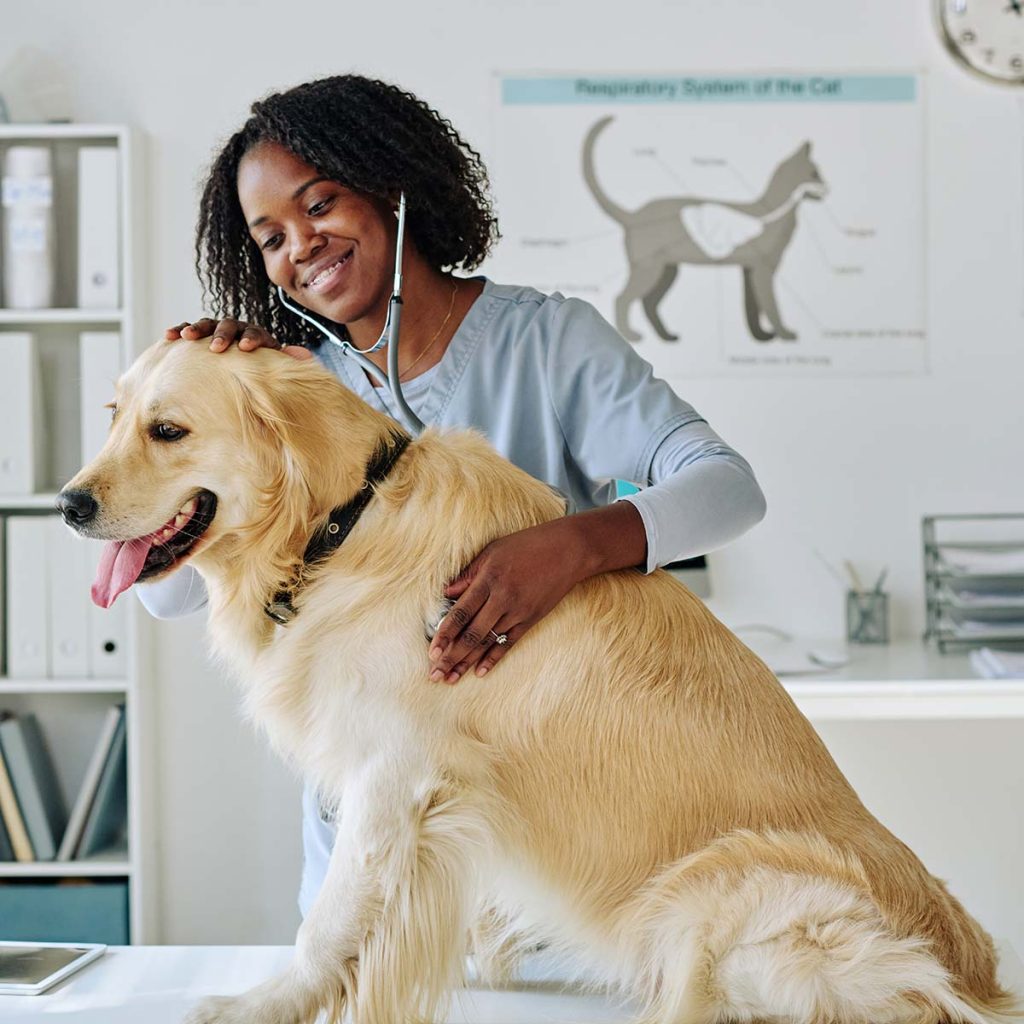
Taking your pet to the vet can be a stressful experience, both for you and your furry friend. Pets often feel anxious due to unfamiliar environments, strange smells, and new faces. To ease this anxiety, start by familiarizing them with the car and the carrier well before the visit. Practice taking short, non-stressful car rides, and allow them to explore the carrier at home with treats or toys inside. You can also use calming sprays or treats to soothe their nerves on the day of the visit.
Spaying in Rats
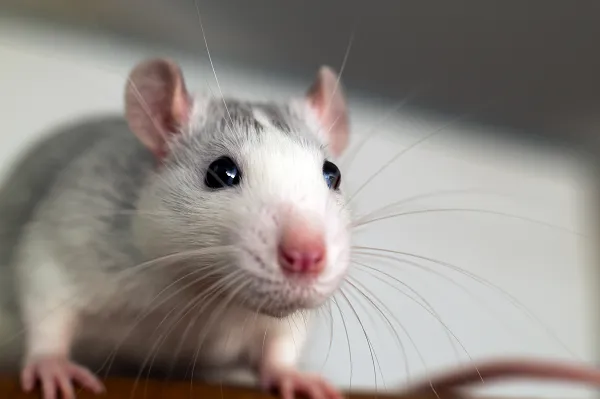
An ovariohysterectomy is often referred to as a spay or spaying. It is a surgical procedure in which the left and right ovary and both left and right horns of the uterus are removed completely, to sterilize or render a female animal infertile. Spaying minimizes the risk of ovarian, uterine, breast, and pituitary gland cancers in rats. Ideally, most rats are spayed between four and six months of age. Complications are rare, but there is a small risk associated with being anesthetized. Most rats will experience no adverse effects and spaying is generally recommended for all healthy, young rats to prevent future health problems.
Spaying in Rabbits

There are many health and behavioral benefits associated with spaying your rabbit, such as preventing unwanted pregnancies, reducing her risk for reproductive cancers, and minimizing the stress associated with sexual frustration. This handout explains the surgical procedure, post-operative care at home, and, although rare, possible complications that may occur.
Neutering in Rats
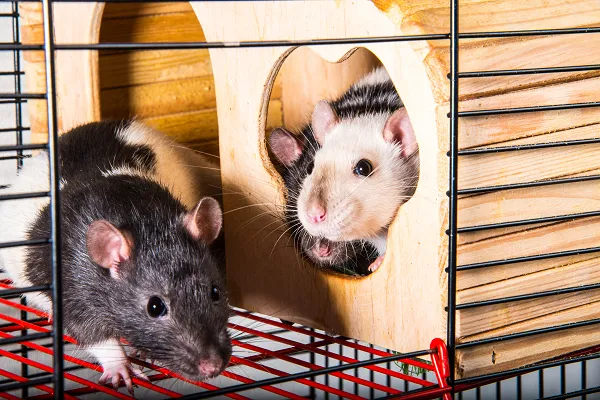
Neutering is also referred to as orchidectomy or castration. It is a surgical procedure in which the testicles are removed to sterilize or render a male animal infertile. There are many behavioral and health benefits associated with neutering your rat. Most rats are neutered between four and six months of age.
Neutering in Rabbits

There are many health and behavioral benefits associated with neutering your rabbit, such as preventing unwanted pregnancies, eliminating his risk for testicular cancer, and minimizing the stress associated with sexual frustration. This handout explains the neuter procedure, post-operative care at home, and, although rare, possible complications that could occur.
Prairie Dogs: Diseases

The most common conditions affecting pet prairie dogs are: obesity, dental problems, cardiac disease and intestinal parasites. Regular scheduled veterinary examinations will be of great benefit to help discover problems or diseases before they cause a critical illness.
Rabbit Syphilis or Treponematosis
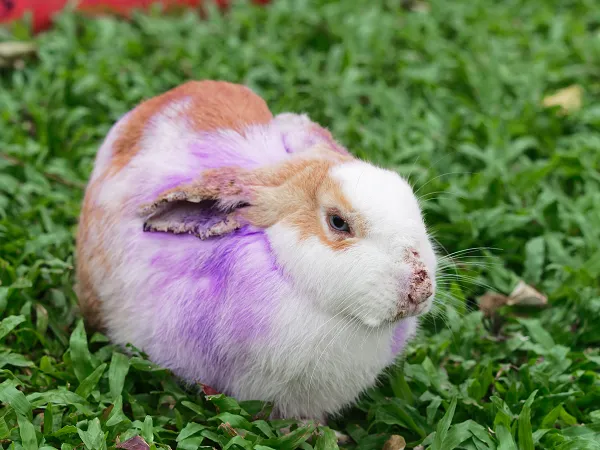
Rabbit syphilis is a sexually transmitted disease caused by a spirochete organism called Treponema cuniculi. Infected rabbits will develop sores that are confined to the mucocutaneous junctions, such as the external genitals, anus, lips, nostrils, and eyelids. Treatment involves two to three weekly penicillin injections. Humans cannot contract this disease from rabbits.

